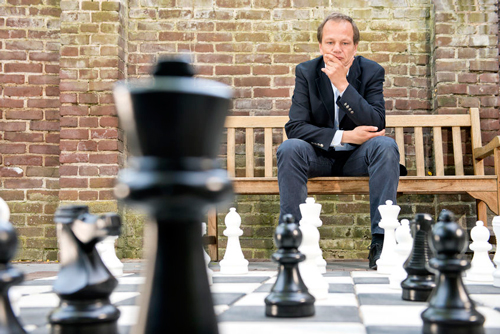As lighting designers, we are fortunate to work with Light, as our medium in this art-form. It is a beautiful and powerful tool, but few have taken the time to consider its healing properties. Light stimulates and arouses life—humans, animals and all forms. And because ‘Arousal’ is a physiological response, it is closely linked to Emotion.
Arousal has two varying factors:
Depending on the strength of arousal and whether it is positive or negative, will it provide a particular response. The act to respond will either be to “approach” or to “avoid” the situation.

Emotional Experience is based on three components:
The aforementioned is a limited and generalized summation. It offers a basic understanding of ‘How’ and ‘Why’ people react the way they do, when presented to stimuli. Regardless, light is the controlling element in life, by which we exist and function. Its role allows our brain to perceive space and to determine what is best for our survival.
As lighting designers, we should truly impress upon this issue—it is more important than one might believe. Many are not utilizing light to its full potential, they do not achieve an emotional response from the viewer. The positive response to this ‘connection’ is that the experience is “remembered” and “desired.”
Unfortunately, most consumers know very little about the benefits of good lighting. And this is true of many lighting designers. The lighting industry has failed to properly educate the consumer market. This needs to change, so that progress and advancement can occur.
ELLI is part of this solution and change. We need to effectively communicate between each other so that understanding is ensured.

Have you ever asked yourself, “How” a lighting designer might fail? Failure is a harsh word, so maybe it’s best to say, “not seeing” or “not being aware.” The definition shown above describes, what is obscure, and asks the question, “What are we missing?” How should the lighting designer take advantage of the qualities within a space? Here in lies the true challenge of discernment. Far too often we are rushed through the design process and miss the opportunities to ‘See’ what is in front of us.
As much as the landscape lighting trade has progressed in the past several decades, little has been done to establish standard practices and expectations in this artform. The high bar of expectation has been set at the lowest possible level because of a lacking authority and relatively no interest. However, ELLI is actively pushing this agenda so that lighting design and composition become that foundational standard. One cannot expect to achieve a positive outcome with regards to provoking emotion without developing this primary skill set.
Going back to the question, “What are we missing?” Lighting composition is the foundation to developing effective lighting design skills. ELLI intends to teach this so that it becomes the model to follow in the landscape lighting profession. This is the only way in which designers can advance to the highest level and to ensure a separation of skills—the ‘good’ from the ‘not-good.’
ELLI would like to quote the internationally recognized landscape architect, Mr. Laurie Olin, “If the majority of work is Ordinary, then the Extraordinary will be recognized.” This is so true, and part of our battle has to do with the lack of understanding most people have of our work—they do not know what is good or bad. By educating all parties, we can improve these practices.
There are several reasons of why lighting designers fail to develop. The following explain why this occurs:

